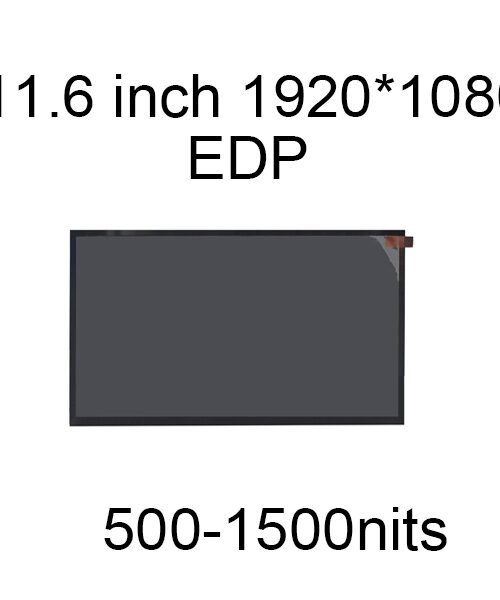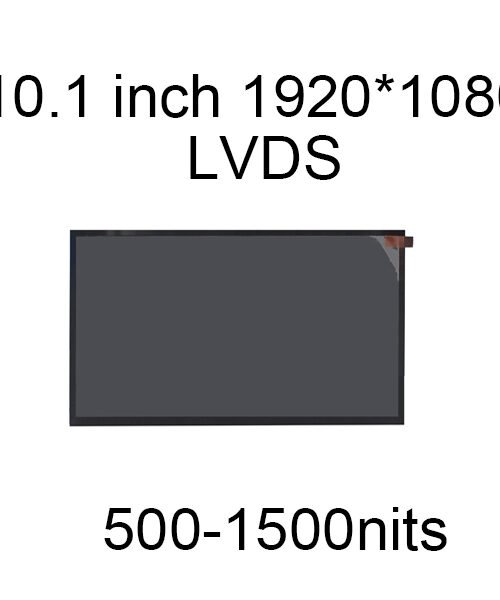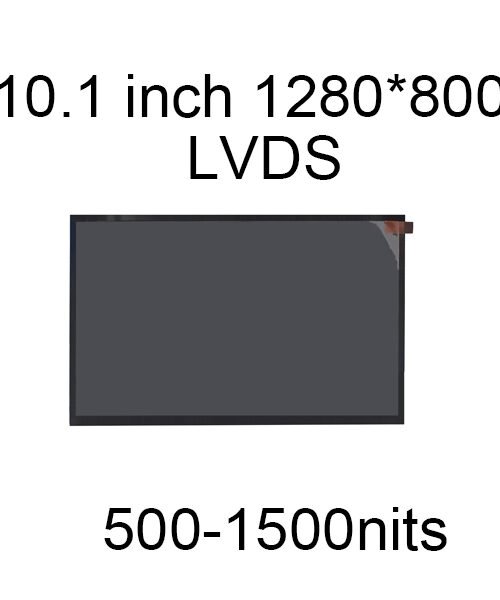The comparison between LED (Light Emitting Diode) and OLED (Organic Light Emitting Diode) displays in terms of brightness is a topic of considerable interest, particularly in the context of televisions, monitors, and consumer electronics. Both technologies offer unique characteristics that influence their brightness capabilities, and the choice between LED and OLED often depends on the specific application and desired display qualities. In this detailed exploration, we will delve into the factors that affect the brightness of LED and OLED displays and analyze their performance.
LED (Light Emitting Diode) Displays:
How LED Works: LED displays use individual light-emitting diodes as pixels to produce light directly. Each pixel can be controlled independently, allowing for precise control over brightness and color.
Brightness Levels: LED displays can achieve extremely high brightness levels, especially in applications like outdoor signage, where sunlight visibility is essential. High-quality LED displays for indoor use can also reach very high peak brightness, making them suitable for well-lit environments.
Color Accuracy: LED displays offer good color accuracy, and high-quality models can provide excellent color reproduction. They are used in a wide range of applications, including consumer electronics, professional displays, and digital signage.
Energy Efficiency: LED displays are energy-efficient because each LED pixel emits light only when needed. Black pixels on an LED display do not consume power, contributing to overall energy savings.
Viewing Angles: LED displays can provide wide viewing angles with consistent image quality. This makes them suitable for various viewing environments, including public displays and digital signage.
Durability: LEDs are long-lasting and durable, which is crucial for outdoor signage and commercial applications. LED displays have a reputation for withstanding various environmental conditions.
Motion Handling: LED displays are known for their excellent motion handling, with fast response times and minimal motion blur. This makes them suitable for applications involving fast-moving content, such as gaming or sports broadcasts.
OLED (Organic Light Emitting Diode) Displays:
How OLED Works: OLED displays use organic compounds that emit light when an electric current is applied. Each pixel in an OLED display is an individual light source, and its brightness can be controlled independently.
Self-Emissiveness: One of the standout features of OLED displays is their self-emissiveness. When a pixel in an OLED display is turned off, it produces true black, emitting no light. This ability to achieve true black levels results in infinite contrast ratios, which significantly impact perceived brightness.
Brightness Levels: OLED displays can achieve high brightness levels, making them suitable for most indoor environments. While OLEDs can produce high peak brightness, they may not reach the extremely high brightness levels found in specialized LED displays used in outdoor signage.
Color Accuracy: OLED displays are known for offering outstanding color accuracy and a wide color gamut. They can render vibrant and lifelike colors, making them popular choices for high-end consumer electronics, professional monitors, and home theater applications.
Energy Efficiency: OLEDs are energy-efficient because they only emit light where needed. Black pixels on OLED displays consume no power, contributing to overall energy savings.
Viewing Angles: OLEDs have wide viewing angles with consistent image quality. This means that the brightness and color accuracy remain relatively stable when viewed from different angles, making them suitable for various viewing environments.
Durability: OLED displays have demonstrated their durability and have been widely used in smartphones and consumer electronics for several years. While concerns about long-term degradation exist, manufacturers have made significant improvements in this regard.
Motion Handling: OLED displays generally excel in motion handling, with fast response times and minimal motion blur. This makes them suitable for applications where fast motion, such as gaming, is a priority.
Brightness Comparison: LED vs. OLED:
The comparison of brightness between LED and OLED displays involves several key considerations:
Peak Brightness: LED displays, particularly those designed for high dynamic range (HDR) content and outdoor signage, can achieve extremely high peak brightness levels, often exceeding 1000 nits (cd/m²) or more. OLED displays can reach high peak brightness levels but may not always match the extreme brightness found in specialized LED displays designed for outdoor use.
Contrast Ratios: OLED displays offer perfect black levels and infinite contrast ratios due to their self-emissive nature. This enhances perceived brightness, making OLED displays appear brighter in mixed light and dark scenes.
Perceived Brightness: OLED displays often appear brighter and more vibrant than LED displays due to their self-emissive properties and ability to produce true black. This self-emissiveness impacts perceived brightness, especially in scenes with mixed light and dark areas.
Viewing Environment: The choice between LED and OLED displays also depends on the viewing environment. LED displays excel in well-lit environments and outdoor settings, while OLED displays are well-suited for dimly lit rooms and home theater scenarios.
Color Accuracy: Both LED and OLED displays can provide excellent color accuracy. For professional applications where color precision is crucial, both technologies are popular choices.
In conclusion, the choice between LED and OLED displays depends on your specific requirements and the application:
LED displays are known for their high peak brightness levels, making them ideal for well-lit environments, outdoor signage, and applications where high luminance is required. They are also energy-efficient and suitable for various viewing environments.
OLED displays offer self-emissive properties, infinite contrast ratios, and true black levels, making them suitable for home theater environments and scenarios where deep contrast is essential. They are also suitable for various viewing angles and provide outstanding color accuracy.
Ultimately, the “better” option depends on your priorities, such as the viewing environment, contrast requirements, color accuracy, and budget. When choosing between LED and OLED displays, it’s crucial to consider the specific needs of your application.







